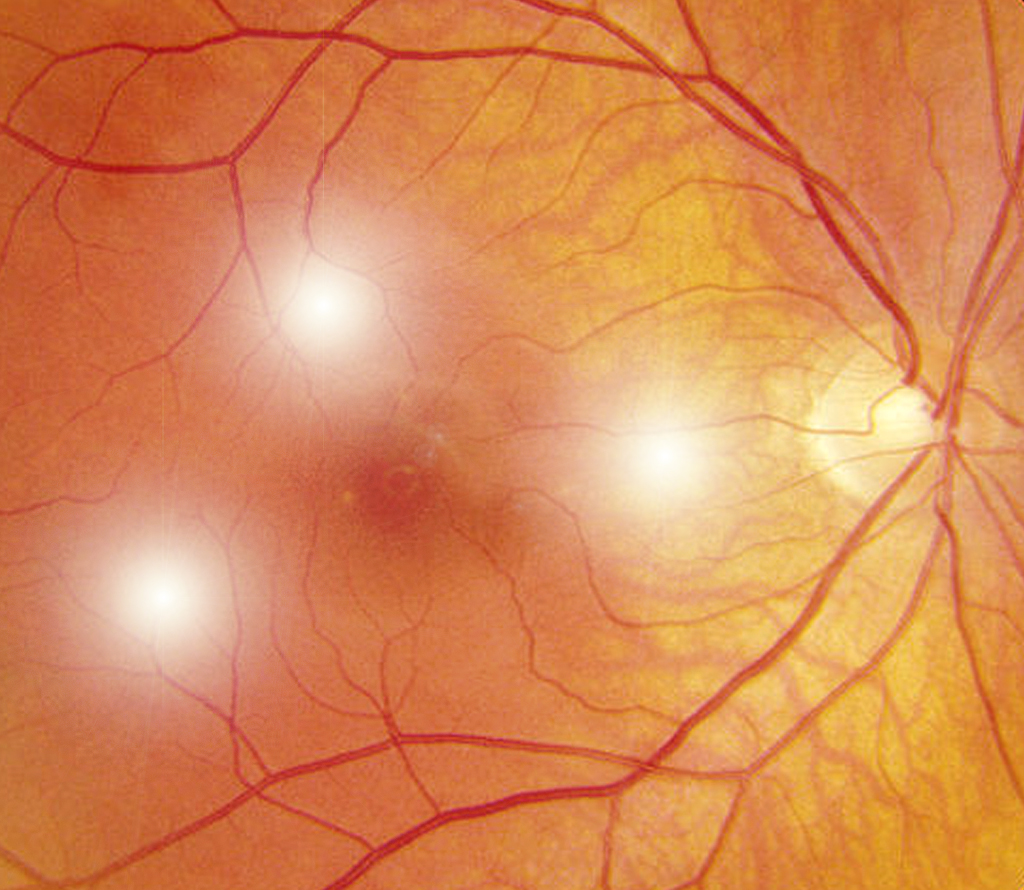Optopharmacology studies the possibility to employ photosensitive molecules known as photoswitches to reactivate responsiveness to light in the retinas of people who lost vision due to a degenerative retinal disease. Some retinal diseases, such as retinitis pigmentosa and age-related macular degeneration, cause progressive death of rod and cone photoreceptors, causing the loss of the light-sensing function that triggers vision.
In healthy eyes, vision occurs when photoreceptors are hit by the light and generate bioelectrical impulses that are propagated by other retinal nervous cells and the optic nerve to the area of the brain cortex that translates the electrical impulses into images. When photoreceptors are lost, vision cannot occur anymore, but if the surviving retinal cells could generate visual impulses themselves, by becoming sensitive to light, useful forms of vision could be restored.
Optopharmacology aims at rendering surviving retinal neurons light-sensitive by using photosensitive molecules, which make them able to generate electrical impulses and trigger vision, similarly to what photoreceptors do. Preclinical research has demonstrated that this method is able to photosensitize retinas in blind mice. Newer photoswitches are now being developed to overcome some contraindications that made the first compounds not yet suitable for therapeutic use in humans.
Optopharmacology does not require genetic modifications as in the case of optogenetic, hence bypassing the limit so far imposed by gene therapy. Photoswitches are administered by intravitreal injections and are able to restore light sensitivity for given periods of time, which are becoming more prolonged for newer molecules being developed today, and frequency of injection could be minimized by the use of longer-term drug delivery or slow-release biodegradable polymers.



